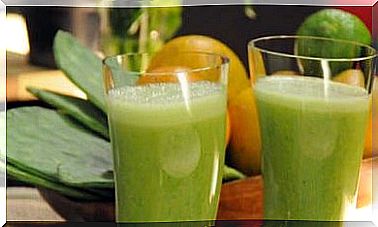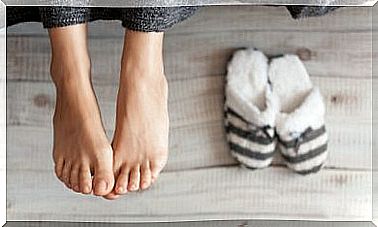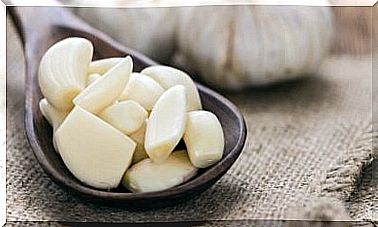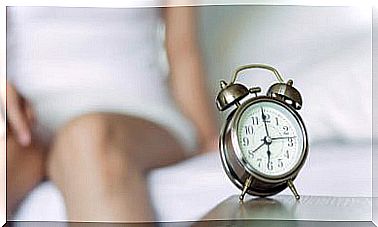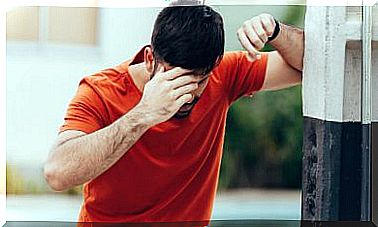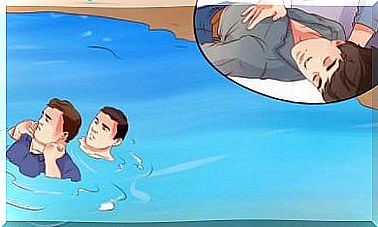What Is Cholelithiasis Or Gallstones?
Cholelithiasis is known as gallstones or gallstones. It may have no symptoms and can be detected by imaging. Sometimes it requires removing the gallbladder.
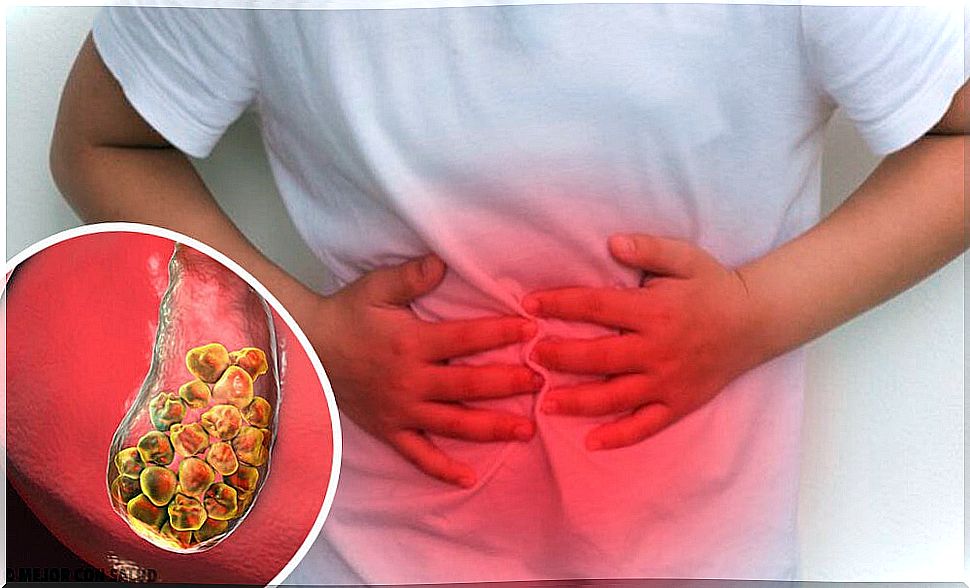
Cholelithiasis are deposits or “stones” in the gallbladder that form from hardened digestive fluids. These stones or gallstones can be as small as grains of sand, or so large that they occupy the entire gallbladder. Therefore, not all patients will experience the various symptoms with the same intensity.
Experts explain that the gallbladder is a pear-shaped organ located on the right side of the abdomen, below the liver. The gallbladder receives bile from the liver, stores it, and then sends it to the intestine to help digest fats.
According to the scientific literature, “in Western societies between 10% and 30% of the inhabitants suffer from cholelithiasis and each year there are a million new cases”. This means that it is a relatively common health problem.
What types of gallstones are there?
Cholelithiasis is divided into different types, depending on the compound with which the stone is formed. According to the MSD Manual, we have the following:
Causes of cholelithiasis or gallstones
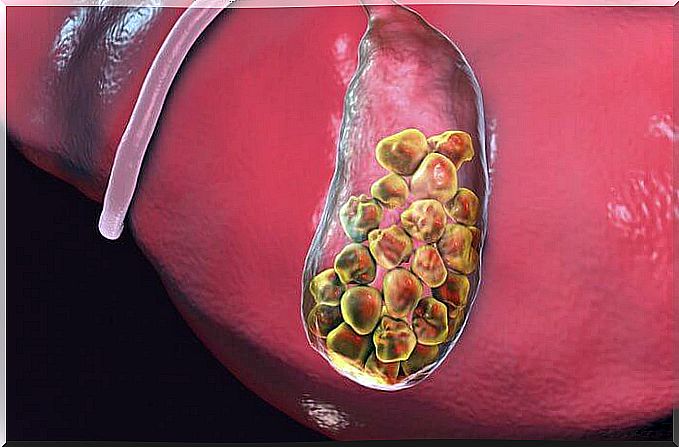
The causes that favor the appearance of stones in the gallbladder are very diverse and, often, it is due to the combination of several risk factors. In fact, it is more common in women than in men. In addition, it should be noted that the incidence is higher in overweight people.
A person is more likely to develop stones in the following situations:
- Have diabetes
- You are over 40 years old.
- You are overweight or obese.
- Take birth control pills.
- You have a family history of cholelithiasis.
- You have cirrhosis of the liver or bile duct infections.
- Lose weight quickly on a very low calorie diet.
- He receives feeding intravenously for a long time.
- Your gallbladder has trouble emptying bile properly (more likely in pregnancy).
- You suffer from diseases that cause the destruction of red blood cells.
Symptoms of cholelithiasis
A large number of cases of cholelithiasis have no symptoms. Patients find out about the presence of stones by chance on a routine X-ray or during abdominal surgery.
However, if the stone is very large, symptoms that are key to the diagnosis may appear . Among them:
- Moderate fever
- Nausea and vomiting
- Acute abdominal pain
- Clay-colored stools.
- Abdominal swelling
- Yellowing of the skin.
- Intolerance to fatty foods.
Diagnosis of gallstones
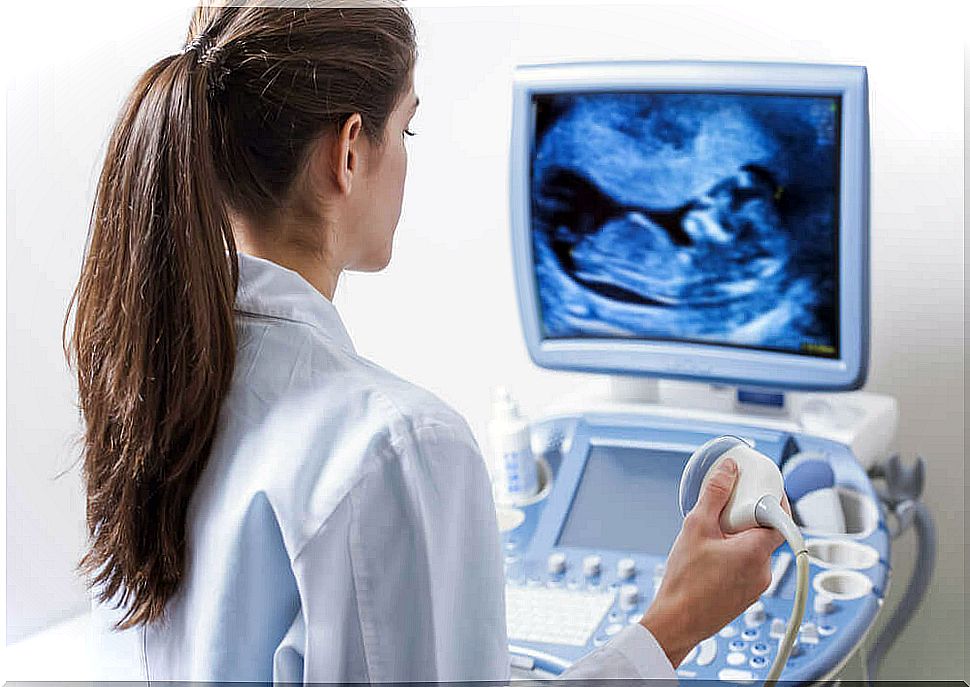
After evaluating the patient’s symptoms, the doctor may suggest tests such as blood tests. These tests, rather than verifying the presence or absence of stones, are used to rule out diseases that have similar symptoms.
Imaging tests should be performed to confirm a diagnosis of cholelithiasis. Between them:
- Endoscopic ultrasound.
- Gallbladder scan.
- Abdominal computed tomography.
- Magnetic resonance cholangiopancreatography.
- Abdominal ultrasound, which according to the MSD Manual, has a specificity of 95%.
Cholelithiasis treatment
In most cases this condition does not require treatment. If there are no symptoms, it is simply recommended to be alert for any signs that may indicate a complication. In that case, the doctor will indicate the appropriate treatment. On the other hand, based on the results of the imaging tests, the doctor will determine if an intervention is necessary.
Medicines in pill form can be given in case of cholesterol gallstones. However, this treatment is primarily reserved for people who cannot undergo surgery.
When is gallbladder removal or cholecystectomy considered?
Your doctor may suggest removing the gallbladder if the stones recur frequently, or if they cause a blockage. It is a fairly straightforward procedure. After the gallbladder is removed, bile flows directly from the liver to the small intestine. In fact, the gallbladder is not an essential organ for life and its removal does not affect the ability to digest food.
As we have seen, cholelithiasis is a health problem that can affect anyone at some point in their life, when certain factors coincide. The good news is that, if detected early, it can be resolved in a short time with good lifestyle habits.
